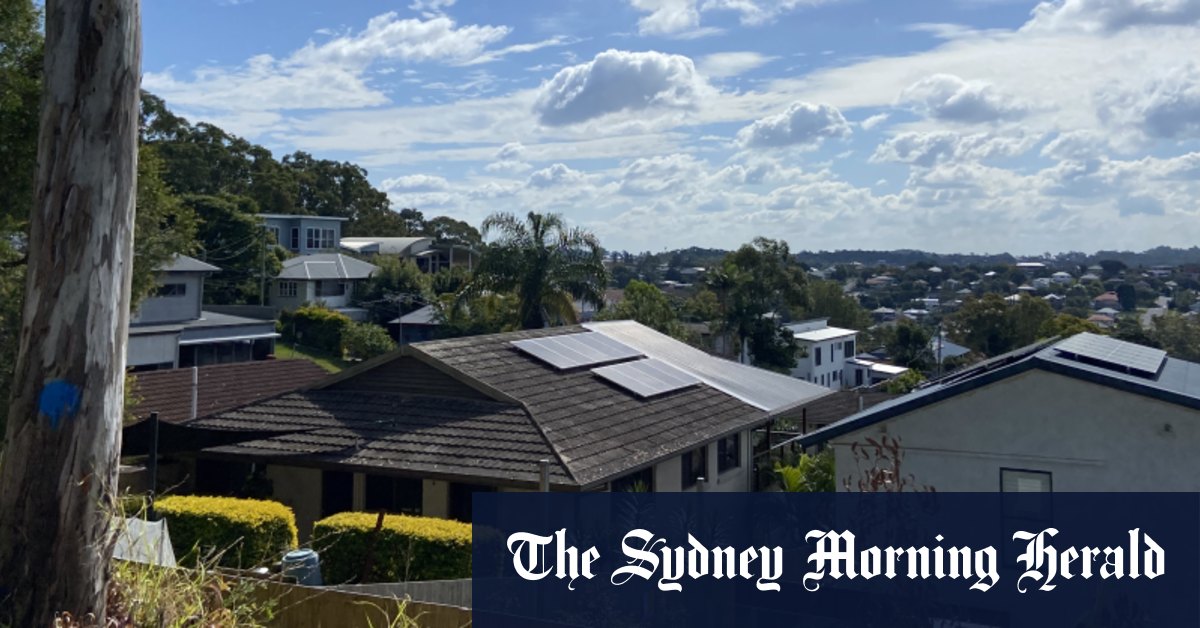From Homeowners to Housemates: Queensland’s Hidden Demographic Shift

Charles-Edwards, who will attend the housing summit, said analysis showed the housing crisis was not only affecting those around him, but was also causing a generational shift.
Loading
“There are a growing number of young and older people in Queensland who have had to change their living arrangements due to the housing crisis,” she said.
“Building more public housing is an important short-term solution, but in the medium- to long-term, we need more supply and different types of housing to serve different age groups. will become necessary.”
According to Census data, Queensland’s population grew by 9.6% between 2016 and 2021 and the number of households increased by 13.0%.
We found that this trend varied across the state, with some parts of Brisbane being more likely to be headed by a younger generation. In Inner Brisbane and Brisbane South, in 2021 he had 10% more households headed by her 20s to her 24s than expected.
Loading
However, in the rest of Brisbane, the trend reversed, with 10% fewer young people aged 20-24 in Brisbane East heading their own homes, and levels of senior household formation across the city lower than expected. was also low.
Young people were much less likely to be heads of their own households in areas that saw rapid growth between 2016 and 2021, such as the Sunshine Coast and Cairns.
The Sunshine Coast had 10% fewer household heads aged 20-24 than expected, based on 2016 household head rates.
“Further research needs to be done, but it is clear that we are seeing changes in the way both young and old Queenslanders form their homes,” said Charles Edwards.
From Homeowners to Housemates: Queensland’s Hidden Demographic Shift
Source link From Homeowners to Housemates: Queensland’s Hidden Demographic Shift



